Delaware Native Plants List: 11 Stunning Local Garden Choices

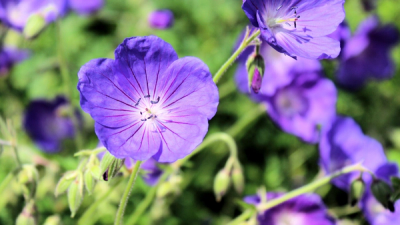
If you live in Delaware, My Home Park has 12 pre-designed gardens that bring together several species of Delaware native plants all produced by expert, organic growers who draw on diversified east coast gene lines.

Delaware is home to a wonderful variety of native plants perfectly suited to the state's diverse environments. As you'll learn in the upcoming sections, growing these native plants in your Delaware yard comes with numerous advantages. Whether your garden gets plenty of sunlight, has patches of shade, or is nestled in a wooded area, these 11 Delaware native plants can help you establish a thriving and ecologically friendly garden. Before we dive into the details, let's uncover why native plants are so crucial for your landscape.
What are Native Plants in Delaware?
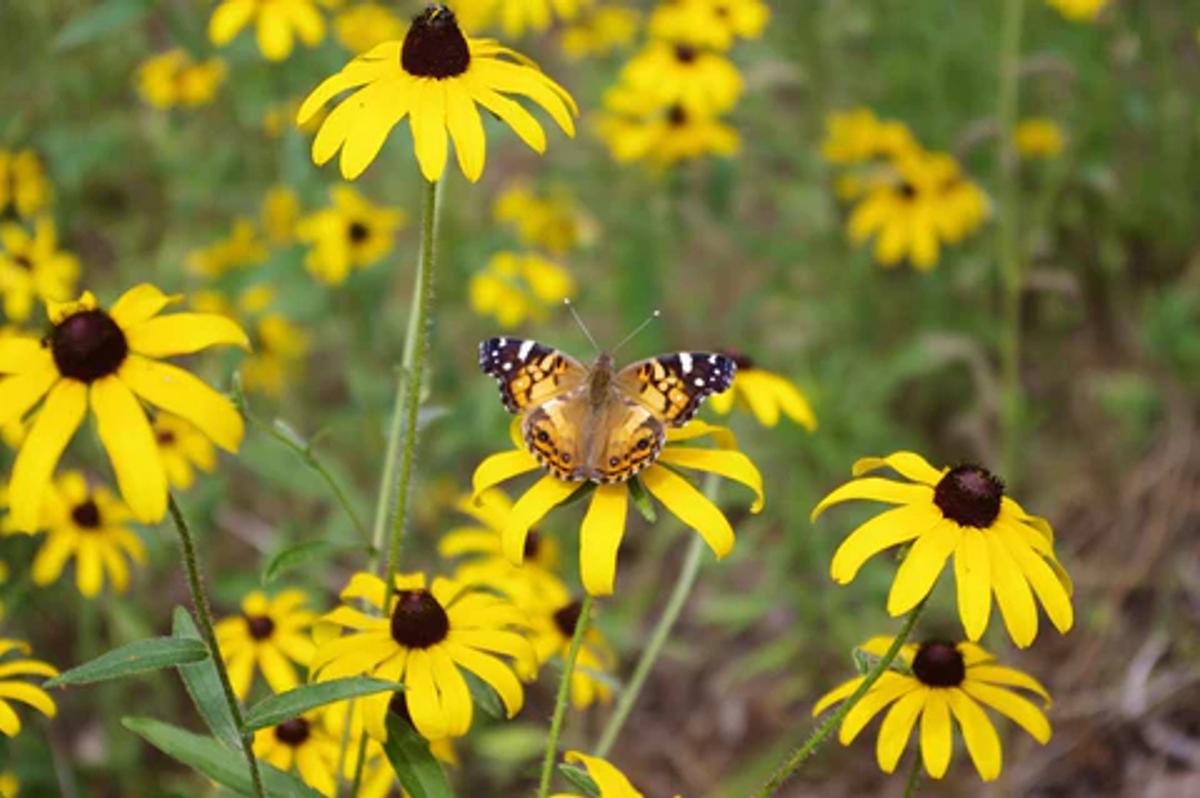
Plants we consider native to Delaware are those plants that have prospered in the area we now recognize as the Mid-Atlantic region, including the greater Chesapeake Bay, for thousands of years. The native species you encounter today - like those highlighted at local native plant events - are descendants of ancestral plants that thrived in Delaware's ecosystems long before European settlers arrived. Over time, these plants have evolved unique traits to thrive in Delaware's distinct environment, while also providing vital wildlife habitats.
Delaware's native plants not only directly contribute to local wildlife and ecosystems but also make wonderful additions to gardens and landscapes. These plants often grow swiftly, possess a natural resilience to dry conditions, require minimal or no fertilization, and entail relatively low maintenance. Identifying the appropriate native plants for your specific Delaware region can elevate the aesthetics and ecological value of any landscaping project.
Why are Native Plant Species Important?
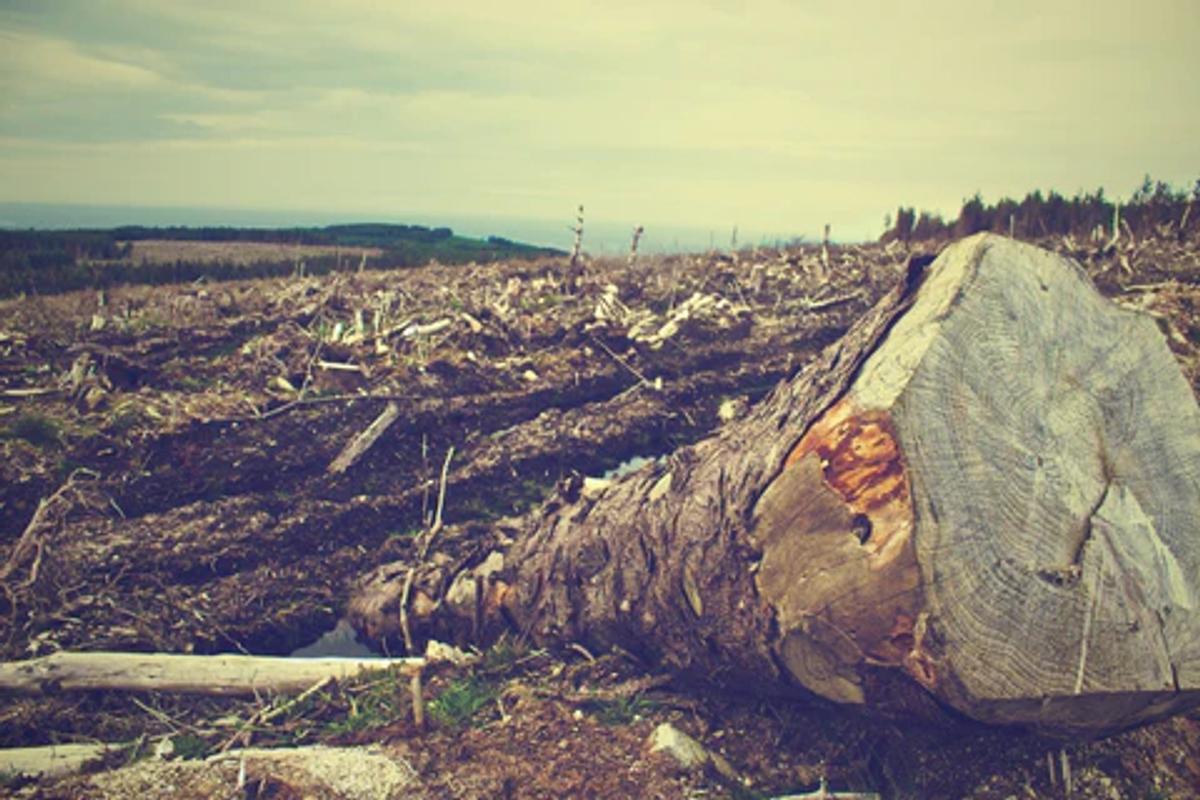
There has been an ongoing and incredible loss of animal life worldwide over the past 150 years. This is a tragedy that has affected almost every major group of wildlife, including the many bees, butterflies, birds, and other beneficial pollinators that allow our natural world to function. A leading driver of this crash is land mismanagement: as humans, we've spent far too long removing the native trees, shrubs, and herbaceous plants our local wildlife needs and replacing them with non natives that do little or nothing to help.
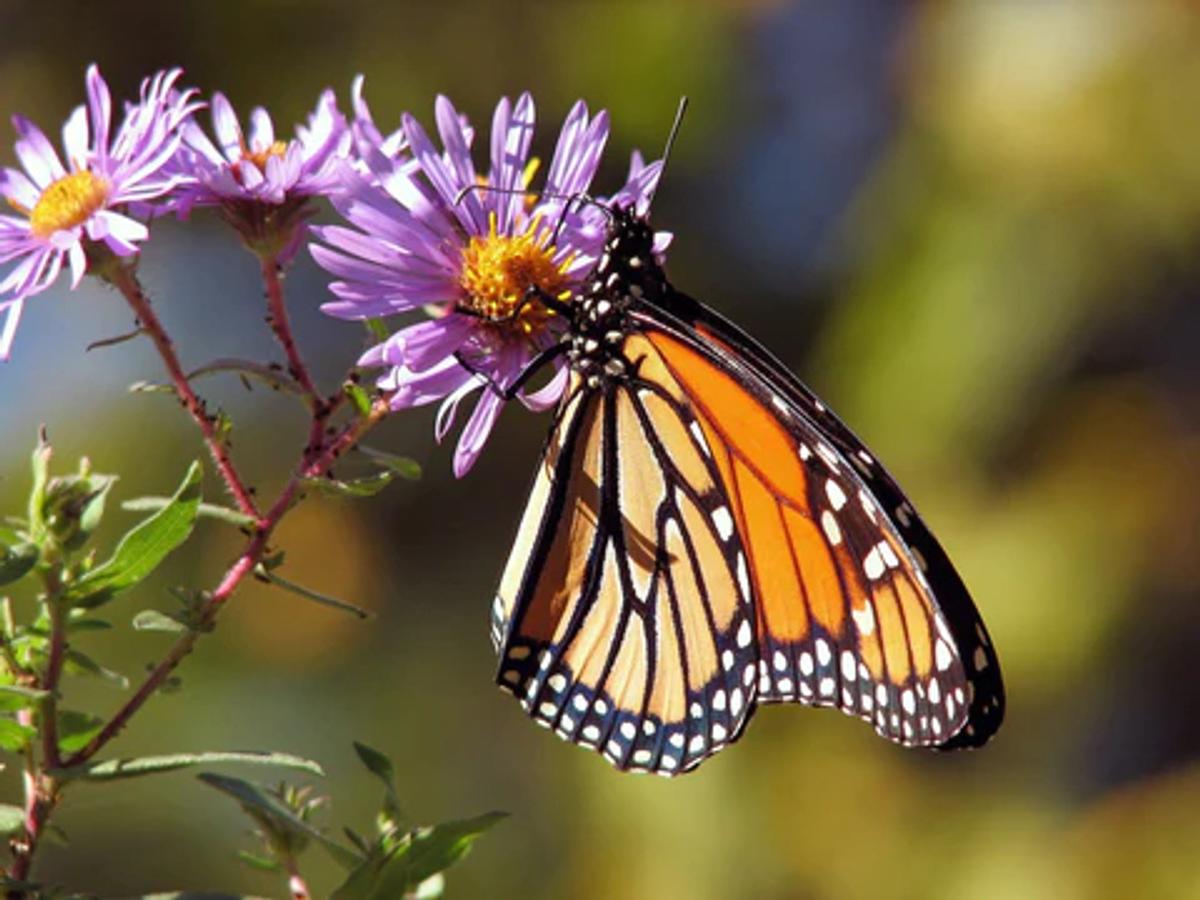
By contrast, growing native plants allows each of us to directly repair and reverse this course. Not only are native plants especially well-adapted to provide food and shelter for many beneficial insects, birds, and other wildlife; these plants also tend to cycle nutrients into the soil more efficiently, and retain more storm water, than any kind of turf grass. Further, many species of native plants can survive in poor soils and are drought tolerant and deer resistant once established. For all these reasons and more, it's important to choose native plants when planning your garden beds, pollinator gardens, or other landscaping efforts. By doing so, you will help to reduce atmospheric CO2, create fertile soil, and reestablish a healthy ecosystem and natural habitat for your part of the planet.
Native Plants of Delaware
Below, I share a handful of the perennial wildflowers that are native to Delaware, please know that there are literally hundreds to explore. I split this list into separate plants for three major groups of sun exposure: Full Sun, Partial Shade, and Full Shade. Each one of the plants listed will support many beneficial insects and some can be found, along with others, in My Home Park's pre-designed gardens for Delaware. Between this list and our catalog, you should be able to find plants that are native to Delaware and ready for your yard.
Native Plants for Full Sun

Common White Yarrow is a versatile herbaceous perennial that is now considered native across much of North America. Its clusters of tiny white flowers form umbrella-like arrangements atop slender, erect stems. Blooming from late spring through summer, the flowers attract bees, butterflies, and other pollinators making it a valuable addition to any pollinator garden. Due to its adaptability to a variety of soil conditions and its generally compact height (typically around 2 feet), Common Yarrow is well-suited to both formal and informal garden designs. It can be used as a ground cover, in borders, or in wildflower meadows. Its resilience and hardiness make it a favorite among gardeners looking for a low-maintenance, native plant that adds beauty and ecological value to their landscape.

Butterfly Weed is unique as one of our country's only brilliantly orange flowers. This plant blooms from early summer to fall, and grows up to 2 to 3 feet tall. Butterfly Weed is deer resistant and its deep taproot makes it a highly drought tolerant plant once established. By planting Butterfly Weed, you're not only adding beauty to your outdoor space but also contributing to the conservation of vital pollinators and creating a haven for wildlife. As one of a suite of native milkweed species (plants in the genus Asclepias), Butterfly Weed is also a critical host plant for endangered Monarch Butterflies. Monarch Butterfly caterpillars feed exclusively on milkweeds; by cultivating Butterfly Weed you'll be creating a stunning landscape while also contributing to the conservation of this fragile and beautiful species.

This hardy perennial boasts vibrant, daisy-like flowers with a distinctive cone-shaped center. In Delaware's landscapes, purple coneflower stands as an adventive native beauty - recently accepted as native in the state - where it attracts pollinators like bees and butterflies while providing a splash of color to gardens. Its adaptability to various soil types and moderate maintenance requirements make it a popular choice for both novice and experienced gardeners in Delaware.
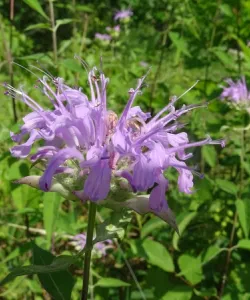
A native plant species to most eastern states, Wild Bergamot (also called Bee Balm) adds a burst of color and vitality to any pollinator gardens. It blooms with vibrant lavender to purple or even pale pink flowers from mid-summer to early fall, attracting pollinators like bees, butterflies, and other insects. Its distinct tubular flowers are clustered in spherical heads, creating a visually captivating display. Growing to a height of 2 to 4 feet, Wild Bergamot boasts a bushy growth habit and aromatic foliage. This plant is highly adaptable and can tolerate clay soil; however, it will thrive in sunny locations with well drained soil. Its nectar-rich flowers are a favorite among pollinators, and its aromatic leaves can be used to make herbal teas. By incorporating Wild Bergamot into your garden, you're creating a haven for both wildlife and human well-being.
Native Plants for Partial Sun
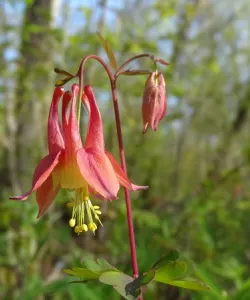
Among Maryland native plants, Eastern Columbine brings a special touch of elegance to any garden. Its unique red and yellow flowers bloom from late spring to early summer. Growing to a height of 1 to 3 feet, it boasts a graceful growth habit that is just as home in a pollinator garden as in a naturalized area. This plant thrives in partial sun from shade to full sun and is well-suited for woodland gardens, shady borders, and other native landscapes with well drained soils. Besides its visual appeal, Eastern Columbine plays a vital role in supporting pollinators, as its intricate flowers provide nectar for hummingbirds and bees.
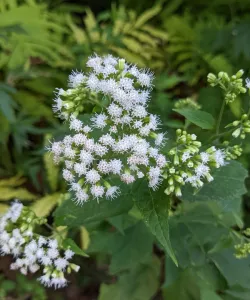
White Snakeroot typically grows to a height of about 2 to 4 feet and has a bushy, upright form. This plant features clusters of small, white, flat-topped flowers that bloom from late summer to early fall, attracting pollinators like butterflies and bees. Its leaves are opposite and heart-shaped, with toothed edges, and they provide a pleasant contrast to the white blossoms. In garden settings, White Snakeroot can be a valuable addition to pollinator gardens and shaded areas, especially for its late-season blooms when many other plants have finished flowering.
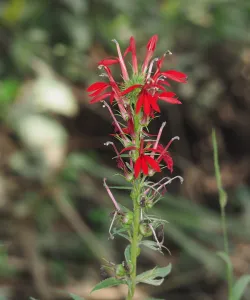
Cardinal Flower is a striking perennial known for its vibrant scarlet blooms which erupt from vertical stems girded with lance shaped green leaves. This stately accent plant stands out in areas with moist or wet soil, particularly along the edges of sunny ponds, streams, and wet meadows. Its eye-catching spikes of tubular flowers appear in mid to late summer, creating a mesmerizing display that attracts hummingbirds and butterflies. With its bold color and impressive height, the Cardinal Flower brings both visual drama and ecological significance to gardens, providing a valuable nectar source for pollinators and adding a touch of elegance to waterside landscapes.
Native Plants for Shade
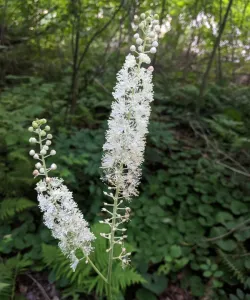
Black Cohosh is a standout shade plant. The main foliage is reminiscent of fern fronds and typically reaches a height of around 3 feet, but the plant produces very tall, slender flower spikes (up to 6 feet tall or more) adorned with delicate white or pale pink blossoms. These flowers bloom in mid to late summer, creating a striking visual contrast against the dark green foliage. Black Cohosh provides essential nectar for pollinators, including bees and butterflies, making it a valuable addition to pollinator-friendly landscapes. Its tolerance for shade (ideally receiving only 2 to 3 hours of morning sun a day) and its beautiful architectural form make it a favored choice for woodland gardens and shaded borders.
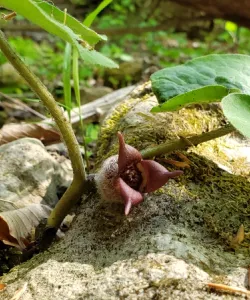
Wild Ginger is a charming native woodland perennial with unique heart-shaped leaves that lend an air of enchantment to shaded gardens. This low-growing plant spreads by rhizomes to form lush, dense carpets of green foliage, making it an excellent ground cover choice for moist, shaded areas with well drained soil. While the inconspicuous flowers are tucked beneath the leaves and often hidden from view, they emit a delightful spicy fragrance that attracts early spring pollinators like bees and flies. The velvety leaves provide cover for small creatures and a rhizomatous growth habit helps control soil erosion.
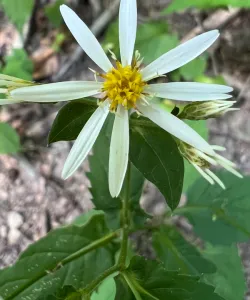
White Wood Aster is a delicate yet resilient native wildflower that graces woodlands, gardens, and natural habitats with its understated beauty. This perennial plant features dainty, daisy-like white flowers that bloom in late summer to early fall, providing a late-season burst of color when many other plants have finished flowering. Reaching a height of about 1 to 3 feet, White Wood Aster is known for its slender stems and broad dark green leaves, which create an attractive backdrop for its starry blooms.
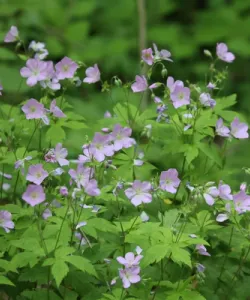
Wild Geranium features deeply lobed, palmate leaves and dainty pink to lavender-hued flowers, adding a charming aesthetic to woodland gardens and shaded borders. This plant blooms in late spring to early summer, and its rhizomatous growth habit creates spreading clumps that help stabilize soil and prevent erosion. Beyond its aesthetic appeal, Wild Geranium supports local wildlife and enhances the overall health of garden ecosystems, embodying the beauty and benefits of native plants in shaded landscapes.

What You Can Do Today
If you live in Delaware, My Home Park has pre-designed gardens that bring together several species of Delaware native plants all produced by expert, organic growers who draw on diversified east coast gene lines. These diverse plant communities are designed to help you get started planting native species now, with install-ready mixes that will bloom from early spring to fall, beautifying your landscape while supporting
your local ecosystem. Check out our catalog for Delaware or for any of the other states we serve in the Midatlantic, New England, and beyond to get started today!
Share this article


